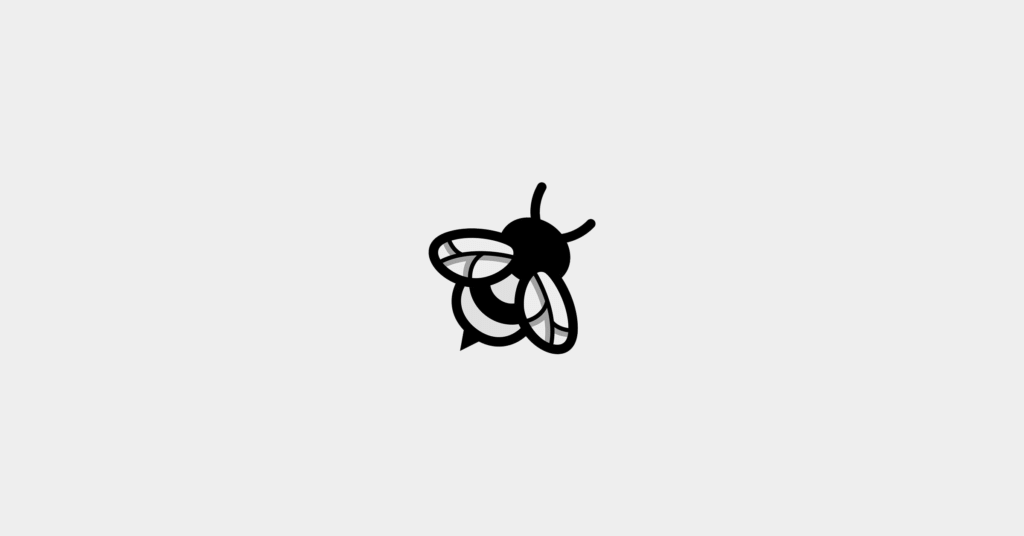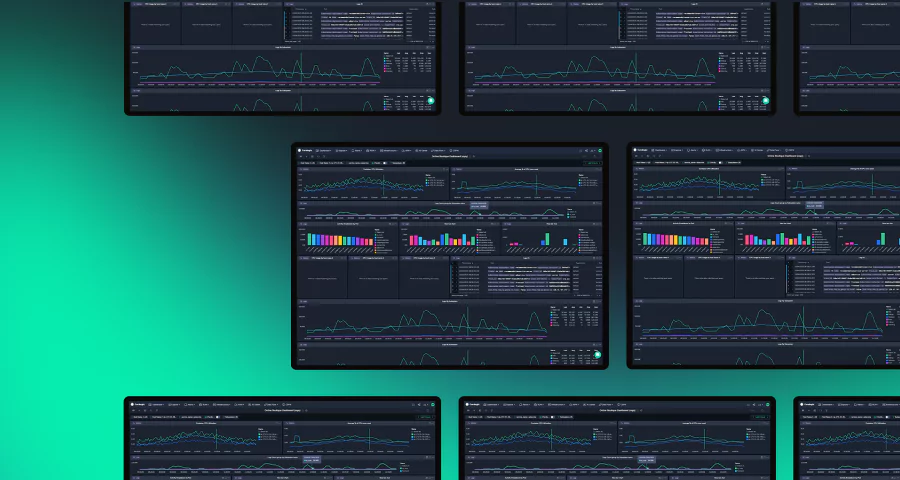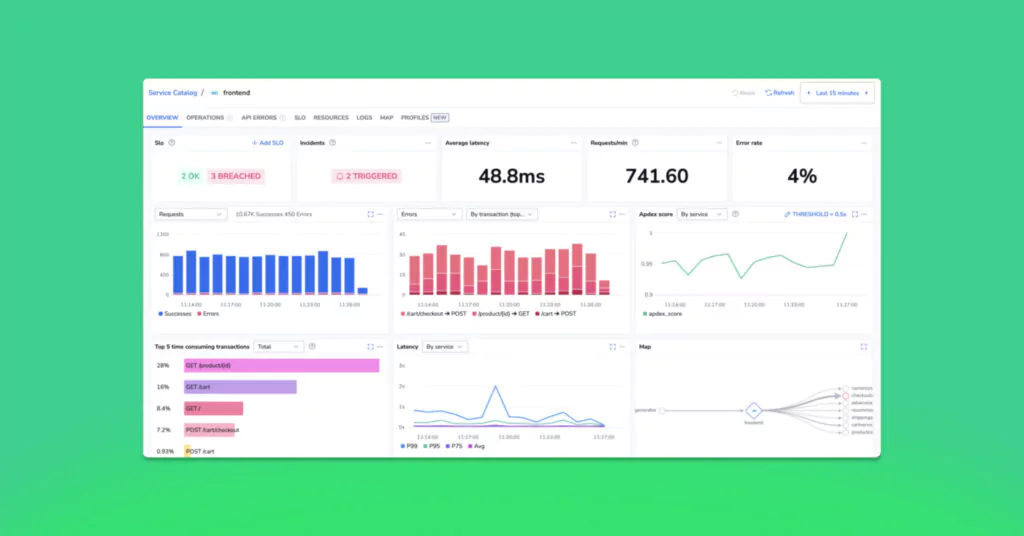How we’re killing YAML fatigue with our new K8s integration process

Kubernetes has rapidly grown in adoption, with more than 84% of surveyed users evaluating or actively using Kubernetes in some way. It has become the go-to container orchestration deployment. As we grow the Coralogix platform, we continuously go back and improve flows that we believe will have a high impact on our user base.
That is why we’ve expanded our onboarding flow for Kubernetes, to make the whole process simpler and more intuitive, while still fundamentally open source and vendorless using OpenTelemetry. Now, teams across AWS, GCP, Azure, OpenShift IBM and more can easily connect their Kubernetes clusters to the Coralogix platform, and greatly reduce the YAML fatigue that so often comes with K8s administration.
What is YAML fatigue?
At some point, all K8s users have the same realization. They studied computer science to write YAML files over and over. After some time, even updating 10 line YAML files feels like further toil. This is a phenomenon we have begun to describe as YAML fatigue. YAML is a marvellous language, but given that it is an acronym of Yet Another Markup Language, the capacity for fatigue can not be ignored.
How does our new flow help tackle YAML fatigue?
Coralogix users can completely integrate their Kubernetes platform into Coralogix without writing a single line of YAML. Beginning with a point and click interface, users select some basic information about the cluster they wish to connect to Coralogix.
There are a variety of options here. We have selected Linux & EKS, but Windows, GKE (and GKE running with GCP Autopilot), EKS Fargate, AKS, Self managed and OpenShift are all available. The user needs only to generate a new API key and give their OpenTelemetry installation a name.
From here, they select “Next” and they’re able to define the features they would like to activate. At this stage, while this contains the convenience of a vendor specific integration process, this tool is actually generating the appropriate OpenTelemetry configuration behind the scenes. Our new integration flow is hitting both marks – the ease and simplicity of a vendor specific offering, with the flexibility and safety of open source.
Customers are able to precisely control what is sent to the Coralogix platform, replacing hours of tweaking YAML with a few seconds of clicking toggles. Once the customer has chosen the correct configuration, they’re able to review their YAML. Note that this will generate the values.yaml for the Coralogix OTel Helm chart. This is a thin wrapper around the OpenTelemetry collector.
And with a single click, users can switch to view the deployment code instead of the values.yaml, so that the user can actually run this whole configuration embedded within a command. Alternatively, they can download the YAML or the K8s manifest.
All of this means that Coralogix customers can focus on simple, UI driven workflows to generate their YAML, without the painful hand carving. At the same time, the Coralogix platform maintains transparency and clarity, by giving full view of the generated YAML.
YAML Fatigue shouldn’t get in the way of good K8s observability
The observability of your Kubernetes clusters is too important to be sabotaged by complex or unreadable YAML. This is why we have released our guided integration process. To provide an abstraction layer that makes it simple to declaratively build the integration you need, while staying true to our principles of open source integration without vendor lock-in.
To check out Coralogix, and to take your first step in beating YAML fatigue, you can book a demo today or speak to one of our sales teams. Make your observability easy with the only cross-stack observability platform on the market today.




